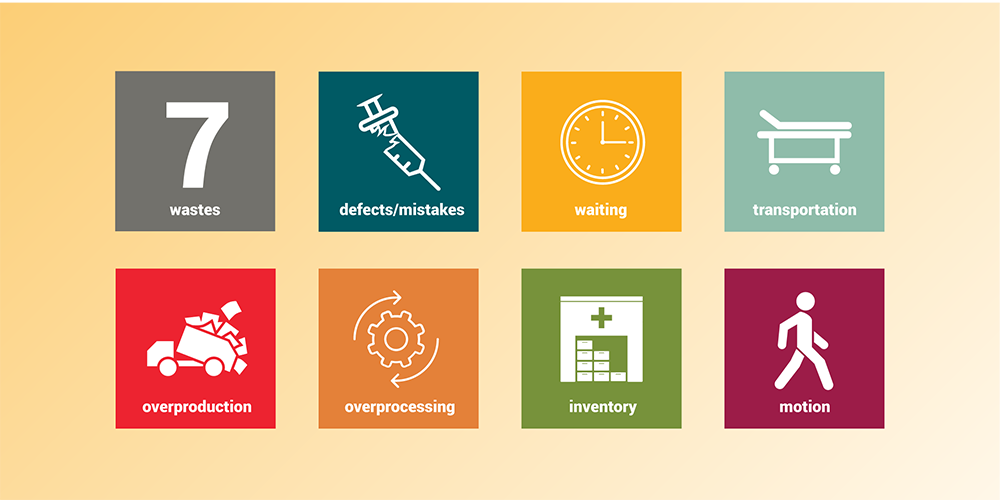Learning objectives
After completion, you will be able to:
(1) define waste in health care
(2) differentiate between value-added and non-value added activities
(3) identify the seven wastes in health care
Download slides: PPT
How to spot common problems
ealth care is complex. Many areas need improvement and it is difficult to know where to begin. The Seven Wastes is a classification system that helps identify common problems found in every industry. When you know what to look for, you know where to begin.
What is waste in health care?
Waste in health care is any activity that doesn’t add value to patient care. Value is determined by our patients. The terms value-added and non-value added are commonly used to help identify waste:
Value-added (VA) refers to any work activity that contributes in a meaningful way to the patient’s care provision (like a visit with a clinician) or information about that care (like test results).
A step is value-added if it adds to the patient's care provision or information about that care.
Non-value added (NVA) refers to any work activity that doesn’t contribute to the patient’s care—in other words, waste. NVA doesn’t mean “not necessary.” Not all of the work required to run a health system is perceived by patients as valuable. For example, federal laws require that we document certain things in the electronic health record. These efforts may not be perceived as valuable to patients, but they are important for running a health system.
| Icon | The Seven Wastes | Common Health Care Examples |
|---|---|---|
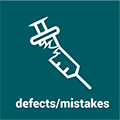 |
Defects/mistakes: Time and material spent doing something wrong and, later, fixing it. |
|
 |
Waiting: When patients or their information sits in a queue. Some definitions include employee wait time. |
|
 |
Transportation: Moving patients or materials between work centers. |
|
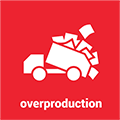 |
Overproduction: Producing more than is needed. Producing too soon. |
|
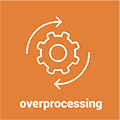 |
Overprocessing: Doing more work than needed. |
|
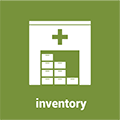 |
Inventory can expire, get damaged, and become obsolete. Also applies to stored information. |
|
 |
Motion: Unnecessary movement within a work station. |
|
Conclusion
Before you begin improving any process reflect on the Seven Wastes to help prioritize and plan wisely. Developing the ability to spot these challenges early is an essential improvement skill. It creates value for you, your team, and your patients.
Take the quiz
Resources
- Value Added & Non-Value Added Work (1-pager)
- Waste Walk (PowerPoint, step-by-step template for observing waste)
- Value Improvement Leader's "7 Wastes in Health Care" worksheet
Luca Boi
Urogynecology specialist Whitney Hendrickson-Cahill details the steps an interdisciplinary team followed to reduce surgical site infections (SSIs) following hysterectomy procedures, aiming to improve patient outcomes, shorten recovery times, and reduce healthcare costs at University of Utah Health.
In an organization as big as U of U Health, it’s hard to know where our work fits into the big picture. System Planning Manager Cassandra Taft highlights five ways teams can meaningfully contribute to Operational Plan priorities, regardless of job role or responsibility.
Internal medicine residents Brian Sanders and Matt Christensen team up with senior value engineer Luca Boi to explain why investing your time honing a well-defined problem statement can pay dividends later in the ultimate success of a QI project.
